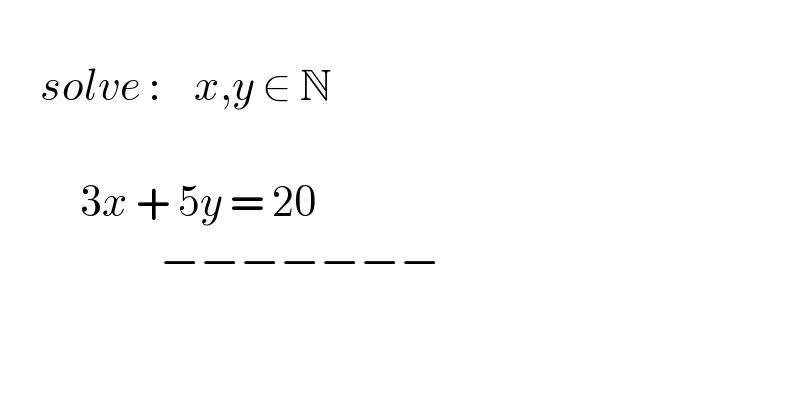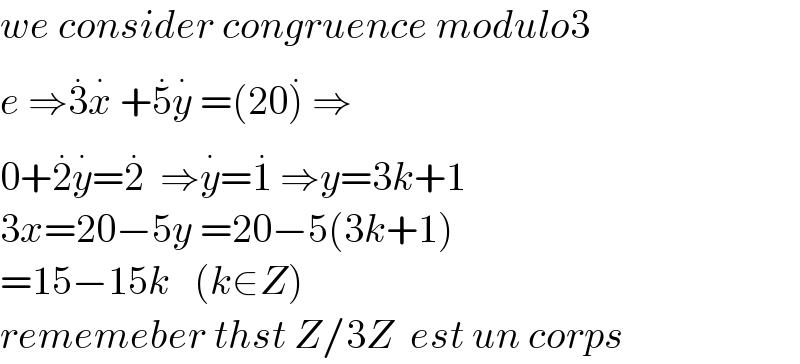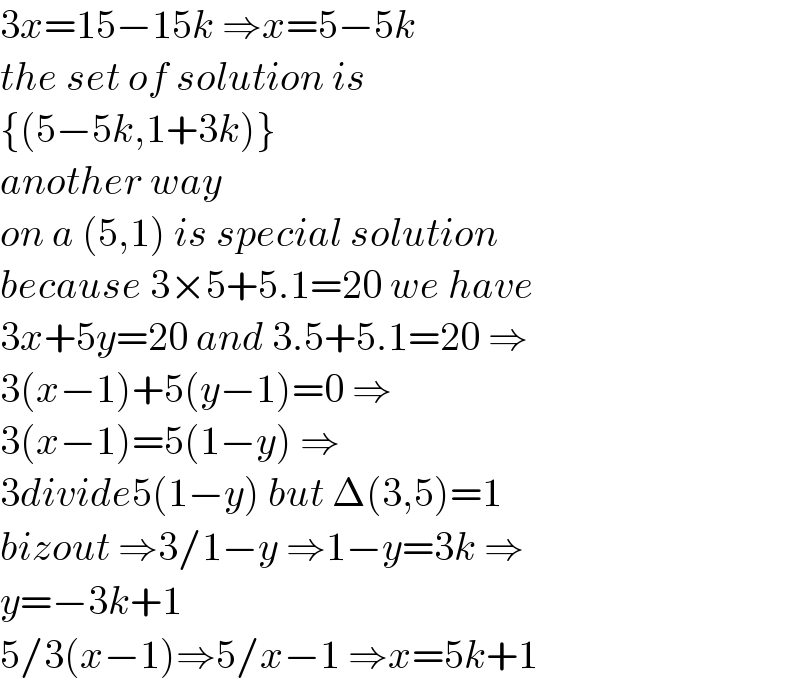
Question and Answers Forum
Question Number 163770 by mnjuly1970 last updated on 10/Jan/22

Answered by MJS_new last updated on 10/Jan/22

Commented by MJS_new last updated on 10/Jan/22

Commented by MathsFan last updated on 10/Jan/22

Commented by MJS_new last updated on 10/Jan/22

Answered by Mathspace last updated on 10/Jan/22

Commented by Mathspace last updated on 10/Jan/22

